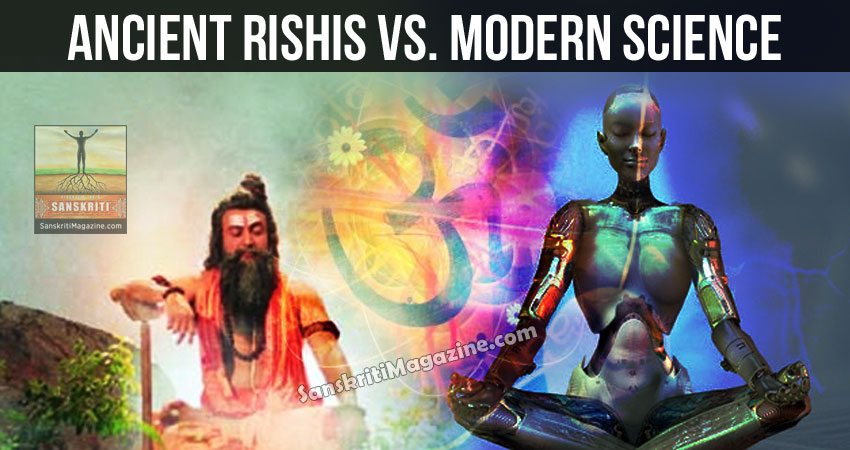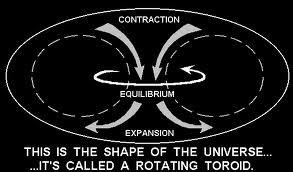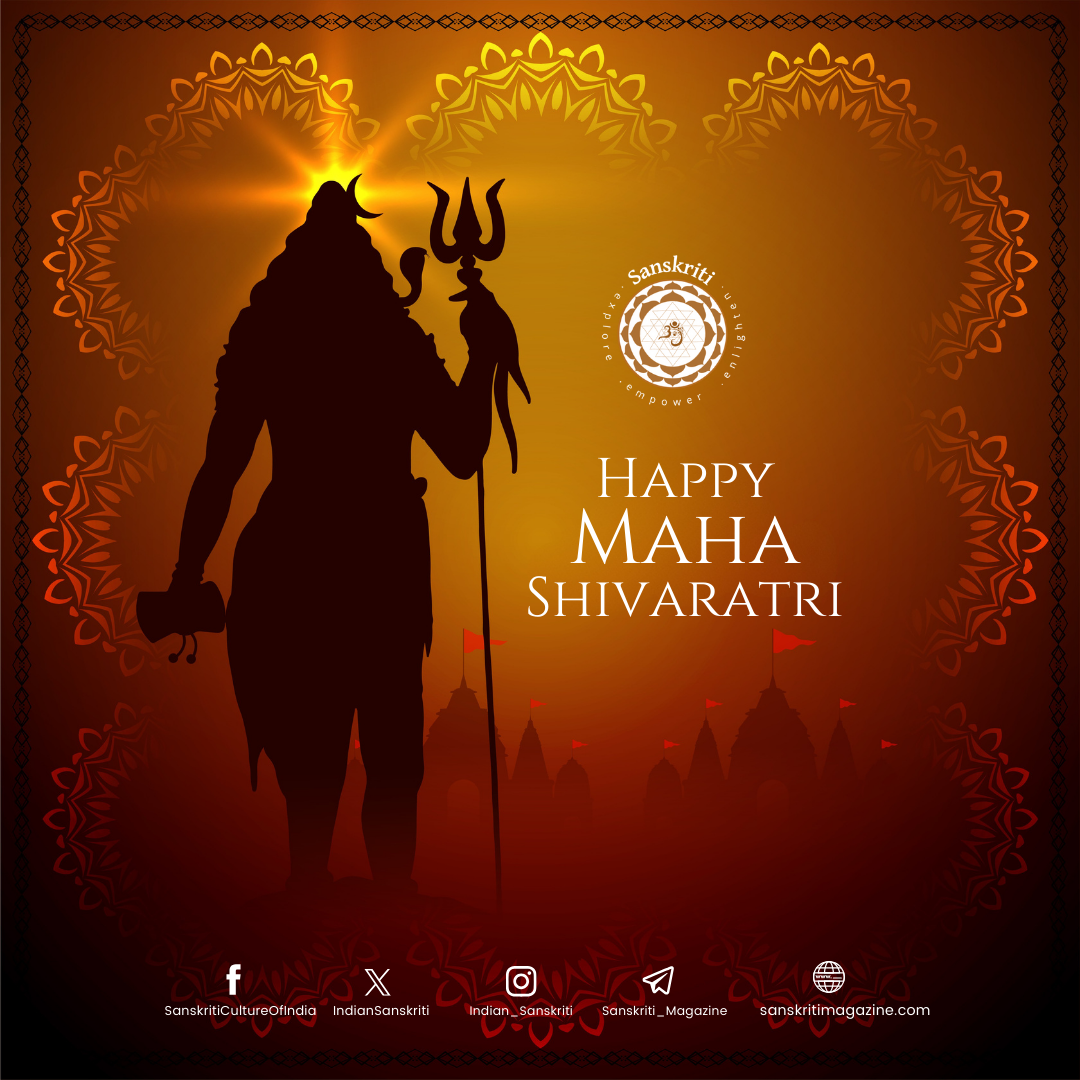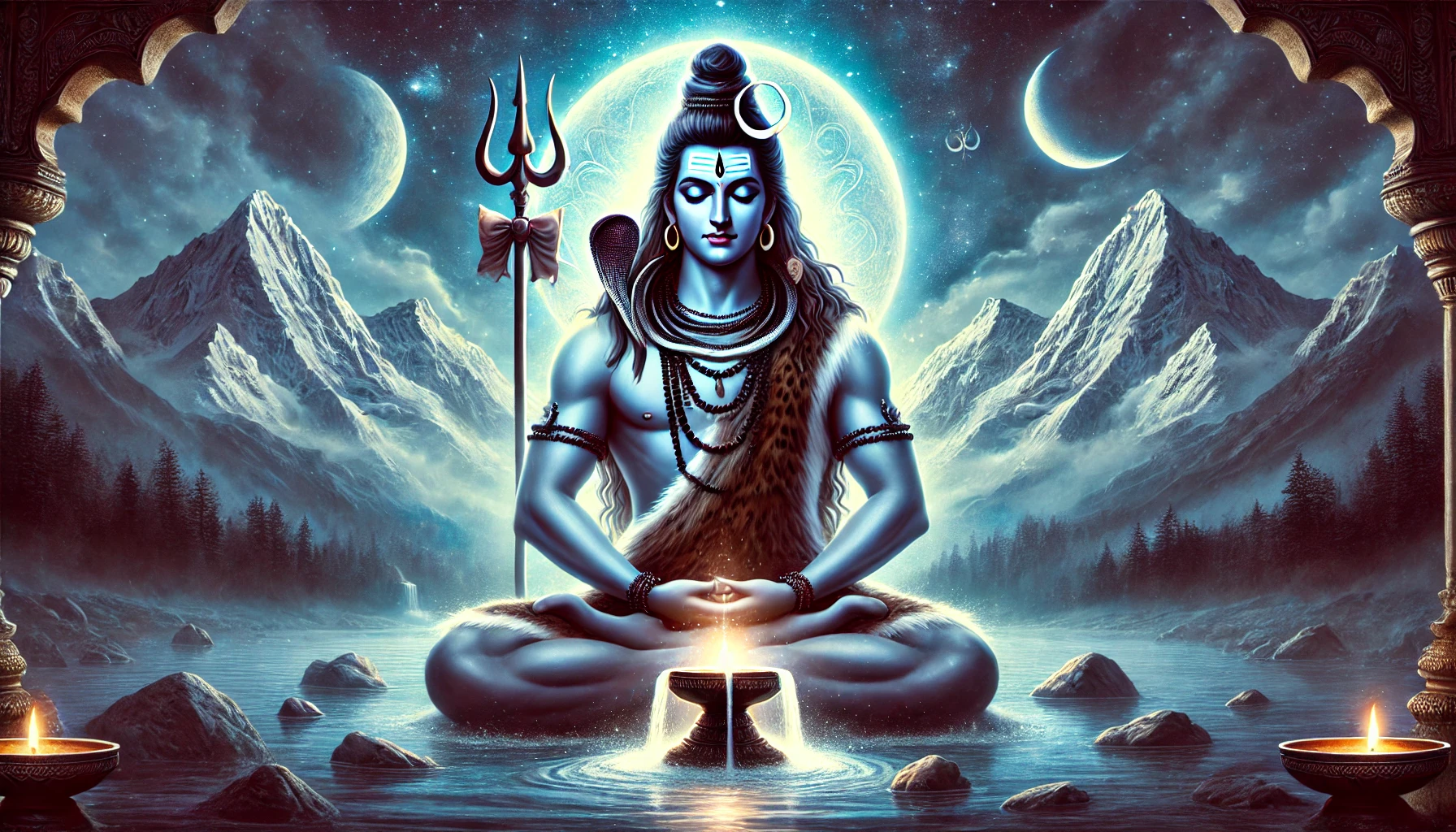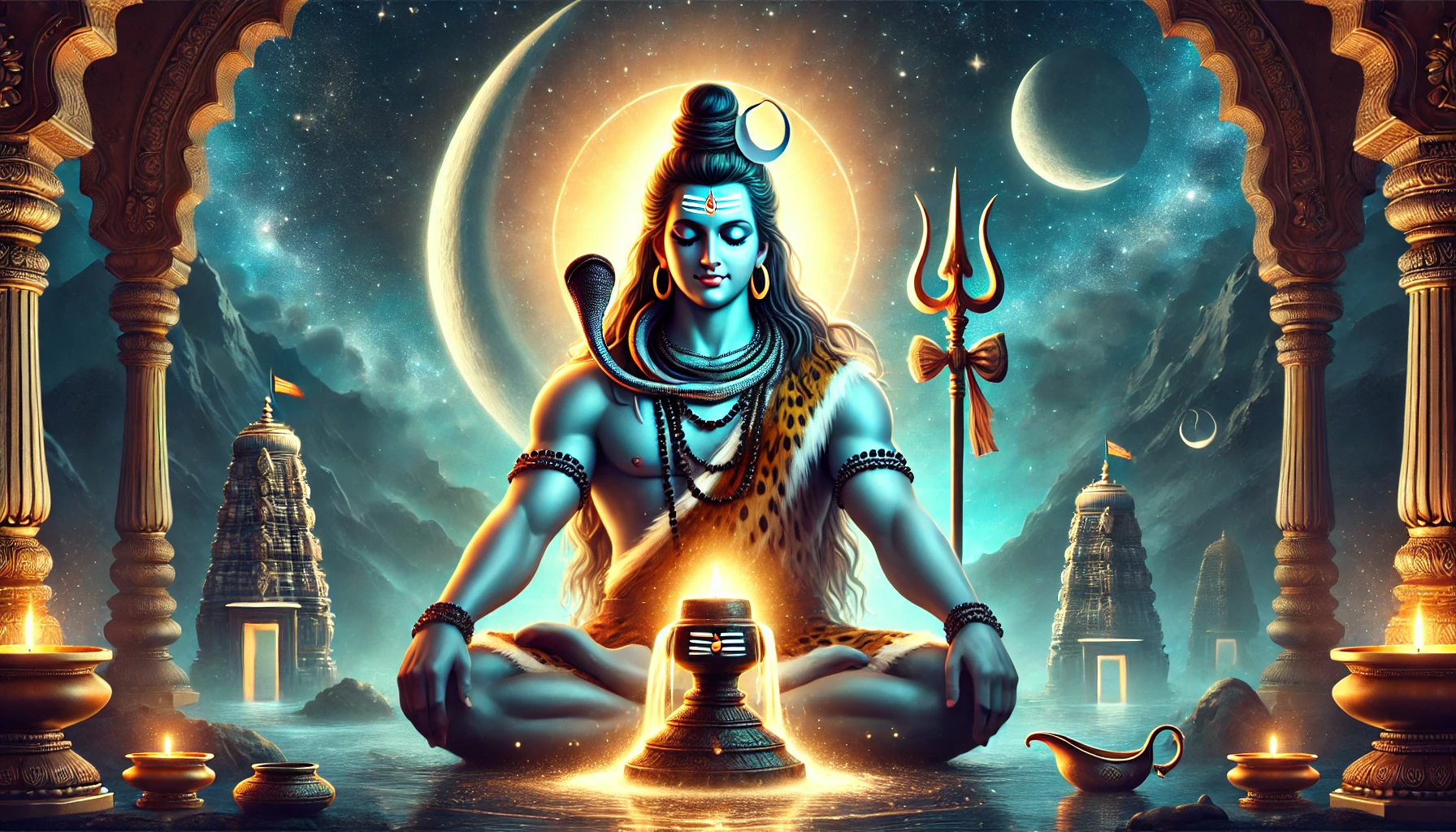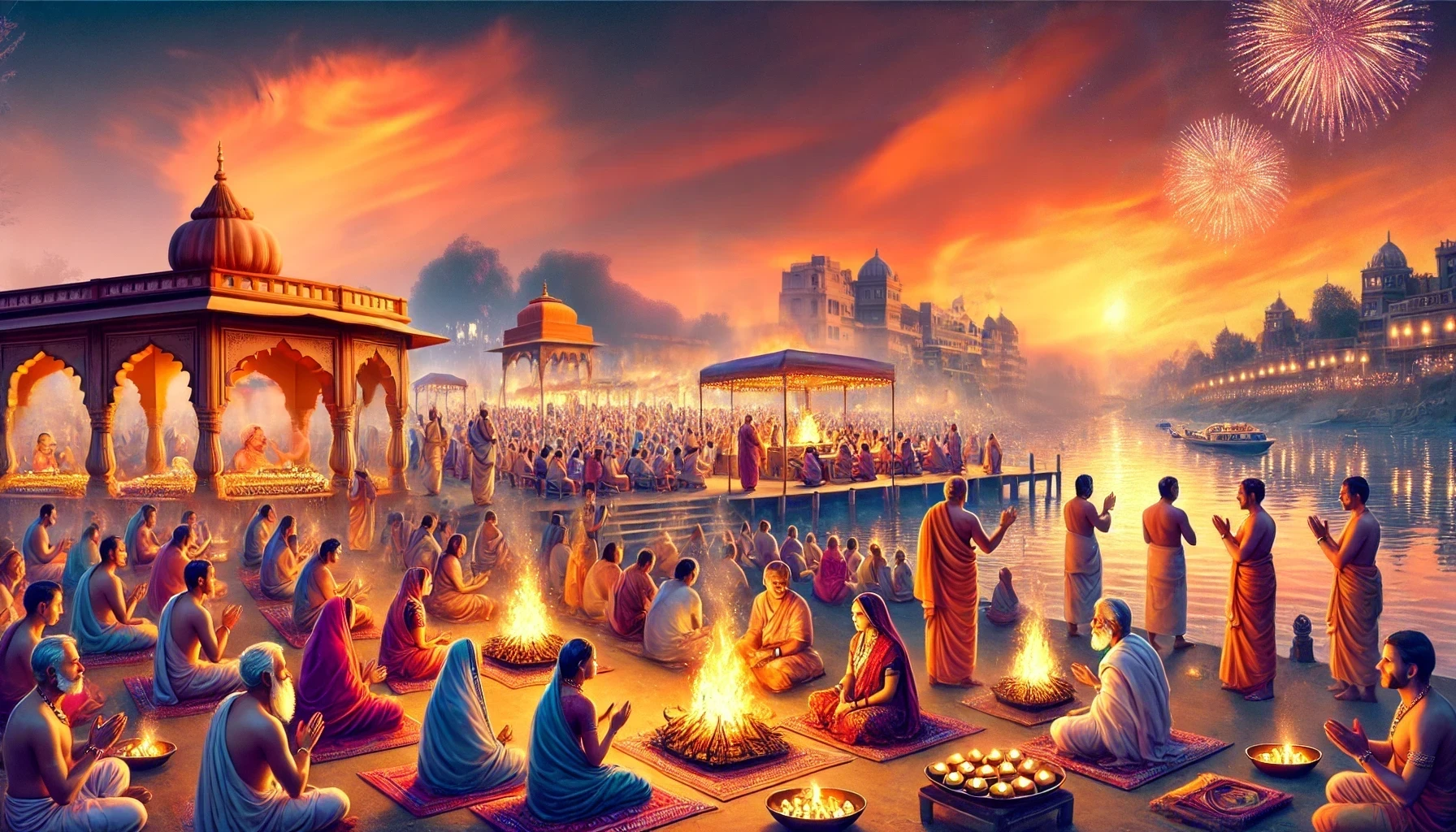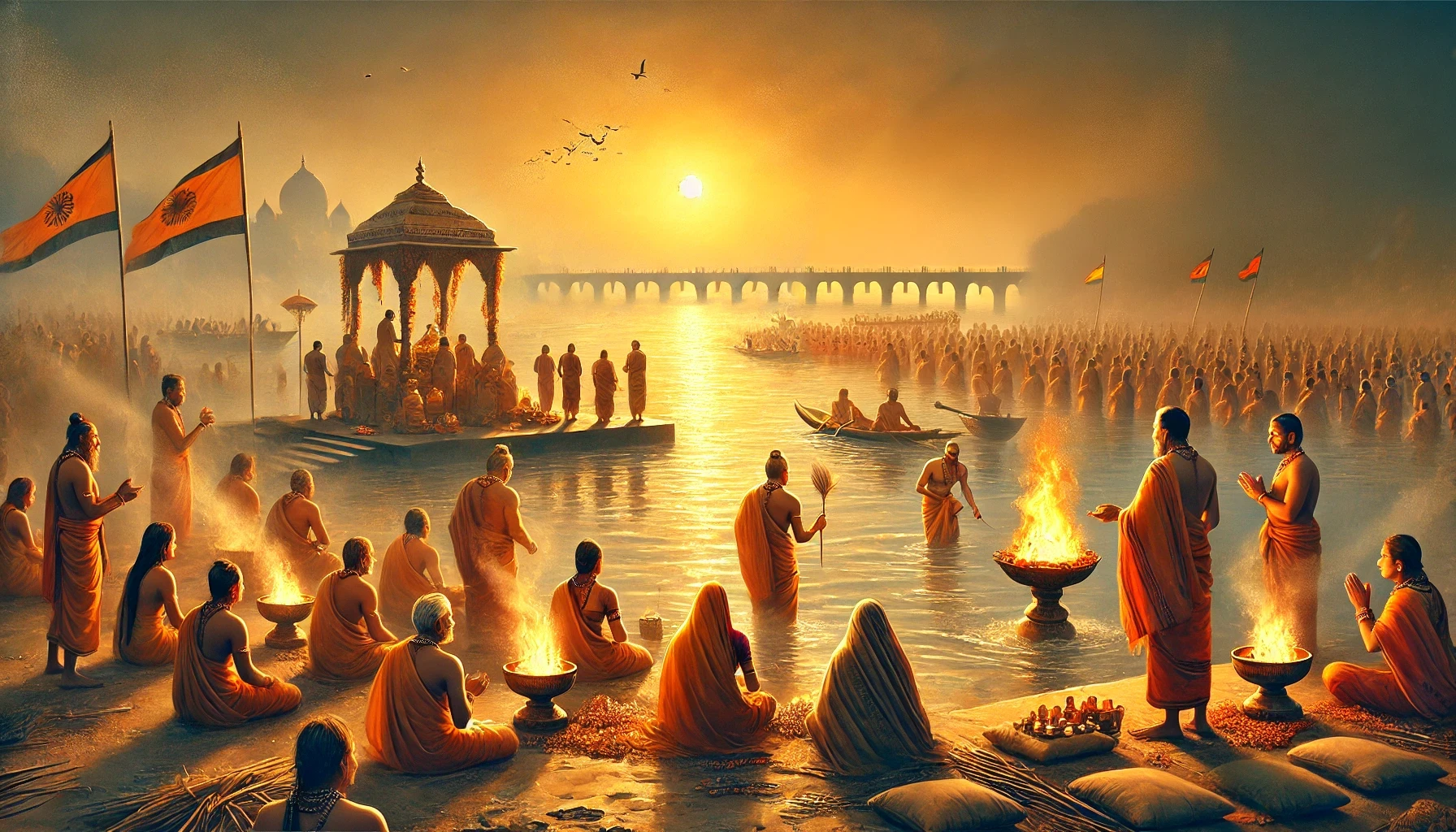Modern science has come to the conclusion that all is one energy. Long ago, India’s wisdom came to the conclusion that all is one awareness/consciousness, i.e. the one energy of science ‘knows itself’. It is not inert, not dead. So far, science either does not know about the claim of the Indian rishis or fights shy to investigate it.
Suppose there is a scientist whose theories have always turned out to be right. Other scientists have validated his theories, sometimes after a long time gap and after they had to discard their own theories. Now, this scientist comes up with yet another theory that is different from the theory that the scientific community holds. So far, the scientists have tried, but could not prove their own theory. Would it not be worthwhile to test the theory of that scientist who so far has had an amazing success rate?
Well, this scientist refers to the rishis of ancient India. Most western scientists have never heard of those rishis. They don’t know what they had postulated and it may also not interest them as science has made amazing progress in the last century and theories that are several thousand years old have no role to play today. Or have they? Most scientists are engaged in tedious work in their labs. Their field of research is highly specialized and path breaking technology has come out of it. Yet there are also scientists who look at the big picture, who, like Einstein or Hawking, want to find the explanation for everything in this universe, a unified theory. They try to push the frontiers of knowledge to reach the absolute. It has eluded them so far.
Maybe they should turn for inspiration to the Indian rishis whose track record is amazing. Thousands of years ago they had claimed that the age of our present (according to them it is not the first) universe is mind boggling, whereas the west maintained till a few hundreds years ago, that it was created only around 4000 BC. They knew that the earth orbits the sun and not the other way round – a fact that also only a few hundred years ago came to be known in the west. The Rishis knew that there are many suns, that atoms make up matter and at the same time, that the whole universe is one, that this world is maya, an appearance or superimposition on that what is really true, like a pot on mud or a bangle on gold – not really true, only relatively true. They even knew that the best symbol for the Whole is a lingam. Does it surprise that the ‘big picture of the entire universe’ which was released by the Max Planck Institute has an oval shape?
All this and much more has turned out to be correct, even though some insights, for example ‘the world is maya’ had actually been ridiculed in the west, till modern science, too, came to the conclusion that nothing is as it appears to be. Science has reached a point where ultimately nothing can be said with certainty, where, so to speak, matter contains no matter. On the relative realm and in our perception, an apple is still an apple and still falls to the ground. Yet if one inquires into what the apple truly is one ends up with nothing in one’s hand, as it were. Not even the hand is there as a hand. In short: The senses deceive. Truth is something else.
Now, here is the point where ancient India could help science to make a decisive step or rather, a decisive turnaround towards finding the truth. Nuclear physics has come to the conclusion that all is one energy. This insight was hailed as coming together of ‘ancient wisdom and modern science’ at international conferences already over 30 years ago. India’s wisdom says: all is one and modern science says: all is one. Yet there is still a big difference and it may be frustrating for some individual scientists who are ready to bridge this gap, yet the scientific community as a whole is opposed to it.
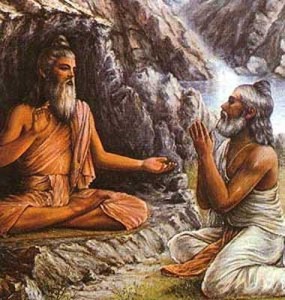 The difference is this: Rishis claim that this one energy is aware or conscious of itself. Awareness means knowing, being alive. Whatever seems to exist, comes out of one, absolute awareness. It follows that the universe is alive. There is a presence present in it and this one presence appears as many and expresses itself for example through the human brains. The brain can be seen as the adequate instrument to manifest pure, thought free awareness as thoughts, feelings, memory, imagination, etc., like a light bulb manifests electricity as light. The bulb does not generate electricity, nor does the brain generate awareness.
The difference is this: Rishis claim that this one energy is aware or conscious of itself. Awareness means knowing, being alive. Whatever seems to exist, comes out of one, absolute awareness. It follows that the universe is alive. There is a presence present in it and this one presence appears as many and expresses itself for example through the human brains. The brain can be seen as the adequate instrument to manifest pure, thought free awareness as thoughts, feelings, memory, imagination, etc., like a light bulb manifests electricity as light. The bulb does not generate electricity, nor does the brain generate awareness.
Here mainstream science refuses to go along. It holds that the energy that is making up our universe is ‘dead’. It does not know itself. Yet there is also the obvious fact that humans on earth are aware and science declares this awareness as being produced by the brain. According to modern science, it developed sort of accidentally as a by-product of chemical activity in inert brain cells. If one manipulates the brain cells, the human mind undergoes changes.Tthis fact is considered as vindication of their theory. Yet, does not the light look red, if one paints the light bulb red? The output changes if the equipment is manipulated but the input, the electricity, is the same.
Science further holds that conditions have to be agreeable for this awareness by-product to happen and these favourable conditions are extremely rare, but on our earth these conditions were just right and life and awareness had a chance to develop from matter. These conditions may also be there in some other planets among the billions of planets in space. Otherwise, the universe is inert, dead, and chance and time are ruling it. There is no knowledge of what is happening in the cosmos apart from those few exceptions, like on our earth. As a natural consequence of this theory, human awareness dies when the brain dies – like a flicker of light that dies with the firefly. Awareness does not find a place in equations that try to explain cosmic laws.
There may be two reasons why western scientists avoid giving a place to awareness. One, in the west, the Church had been the sole keeper of the ‘truth’ and had severely crippled scientific ventures for over thousand years. Only a few hundred years ago and with great difficulty, men of great courage had overcome the oppressive hold of the Church. Ever since, science not only ignores religion, but is opposed to it because, in the west ‘religion’ promotes as the ‘Highest Truth’ a personal god, who watches over all humans and loves some and hates others. This of course is anathema to scientists. Almost with a vengeance, they are out to prove that there is no god and terms like awareness or intelligence might bring in god through the back door.
There is another reason why scientists overlook awareness, even though, if they only would look, it stares them into the face or rather, out of the face. Awareness cannot be objectified, because it is the subject. Traditionally, science was focussed on objects, i.e. on the observed. Only lately it had to include the observer after it became evident that the observer influences the observed. Yet it treats the observer basically as just another object. The scientist does not dive into his own living awareness to find out about the observer, but places the ‘observing system’ in one line with the objects under observation. He does not realise that his subjective, living awareness is a completely different category and requires an inner exploration.
For anyone who is interested in finding out the truth, and scientists certainly are, the most obvious and crucial factor in any research, the living intelligence that can be felt by anyone and without which there would be no scientific research at all, surely cannot be done away with the improvable assumption that it is a sort of secretion of the inert brain. That would be unscientific, more so, since there is vast literature regarding awareness/consciousness in India.
This literature gives valuable clues. For example the scriptures have two major terms – Atman and Brahman. Atman refers to the seemingly individualised awareness (often translated as ‘Self’) and Brahman to the infinite, absolute awareness. Brahman cannot be spoken or thought of, the scriptures claim. Brahman is that by which thoughts and speech are made possible. It is the independent, absolute truth that eludes objectification, as it is the one subject. Brahman alone is the truth, is stated.
Now if we look at Atman, we are on more familiar ground. It shows up as the capacity to know and feel and this capacity is right within us. It is what makes us feel alive right now. The scriptures have analysed our inner make up in great detail. There are efforts on to compile this knowledge into textbooks and teach it in psychology courses at university level.
Coming back to the big picture, there are intriguing statements in the Vedas. They are called Mahavakyas, the great utterances. Those claim that “this Atman is Brahman” or “You are That”. It means that our own, individual awareness or self is basically the great, all pervading Brahman. Atman and Brahman are one. It means further, the great one Brahman is right here. How can that be? Is our human awareness not rather ordinary? It is my direct experience that I am Maria, and certainly not Brahman, isn’t it? On the other hand, it is also my direct experience that the world is real and it has been proven to be illusory. Could this feeling that I am Maria also be illusionary? It would need an enquiry.
“Who am I?” is the big and ultimate question in Indian philosophy. Its answer may throw up the unified theory and more worthwhile, fulfilment. Yet the answer cannot be put into research papers. The scientist needs to turn around and dive deep within, beyond the thoughts and feelings right down to the pure, thoughtless awareness.
The Indian scriptures offer another approach: Everything in the universe according to them has five ‘components’. The first two, i.e. name and form, are changing. They belong to the world of maya. Yet beneath those two, there is Satchitananda: sat = being, chit = awareness, ananda = bliss. Those three are basically one and unchanging. Science takes note only of name and form and of sat (being). Something is there. Yet chit, the awareness aspect and ananda, the bliss that comes with awareness, are missing.
Modern science presents us with a rather bleak scenario, where there is basically no meaning in living, all is chance and with the death of the body everything is finished. It is still the in-thing to believe among the so called intellectual elite in the west. The bleakness is not so much due to the fact that science considers the human mind as just a temporary flicker. Even the Indian rishis consider the mind as just thoughts, modifications in pure awareness that are ultimately as unreal as the solidity in matter. The bleakness is rather due to the fact that scientists don’t figure in the big (the word Brahman comes from big, expanding) living, blissful Presence, Intelligence, Awareness, Absolute or whatever name we want to give to the Unnameable.
The rishis claim that it is here, right beneath the individual awareness full of thoughts and feelings that prevent the experience of the underlying pure awareness. They encourage stilling thoughts with the help of meditation. When thoughts are stilled, it will become obvious that there is no separate individual awareness. Brahman is all there is.
In all likelihood, the rishis have the deeper insights. The Chandogya Upanishad describes how the sage Uddalaka prodded his son Svetaketu to know “That by knowing which everything is known” and how he helped him along with valuable questions and metaphors. Today, scientists like Hawking, also search for ‘That by knowing which everything is known’ but they still have a blind spot. They don’t search where it is to be found: Within their own awareness. Eventually, they may realise that the rishis were right, but before this happens, they will have to learn to ‘look’ or rather ‘sink’ inside. Then, sacredness and wonder might overwhelm them: What a miracle! I am and know that I am – spread out all over, immortal!
~ by Maria Wirth, (freelance writer who has lived in India for the past 33 years)

